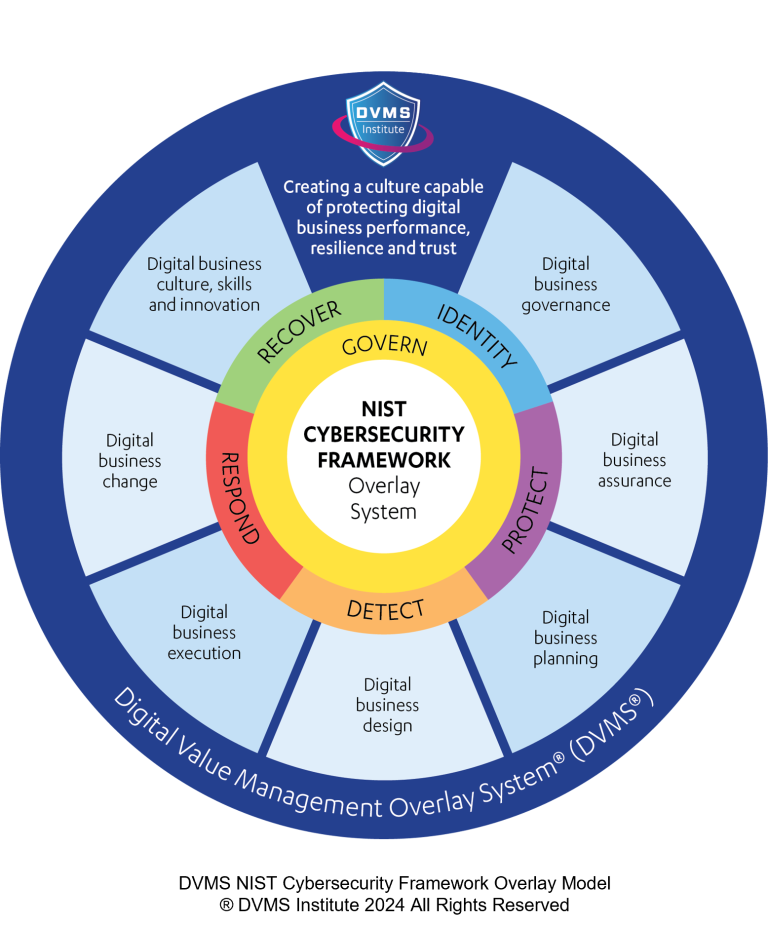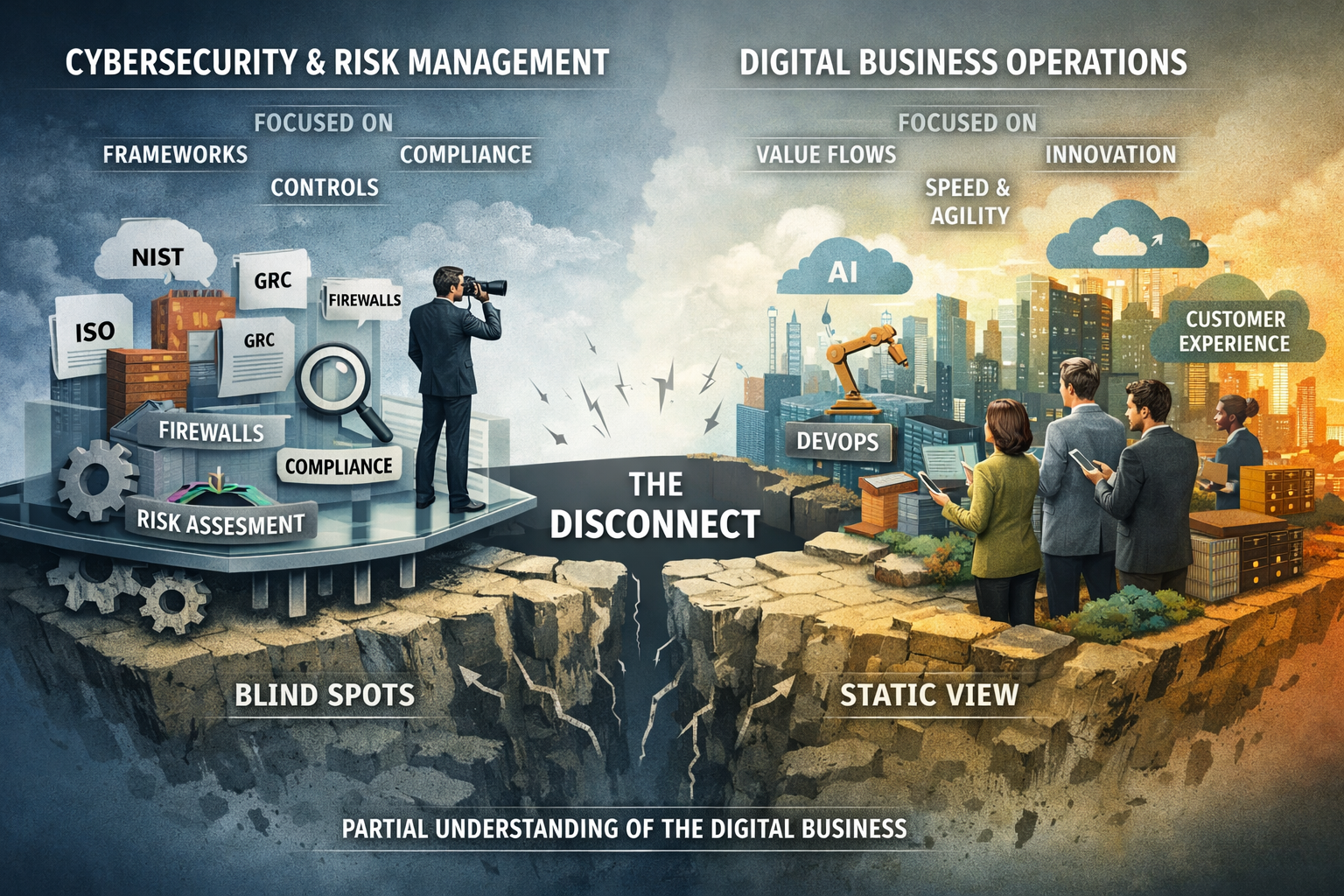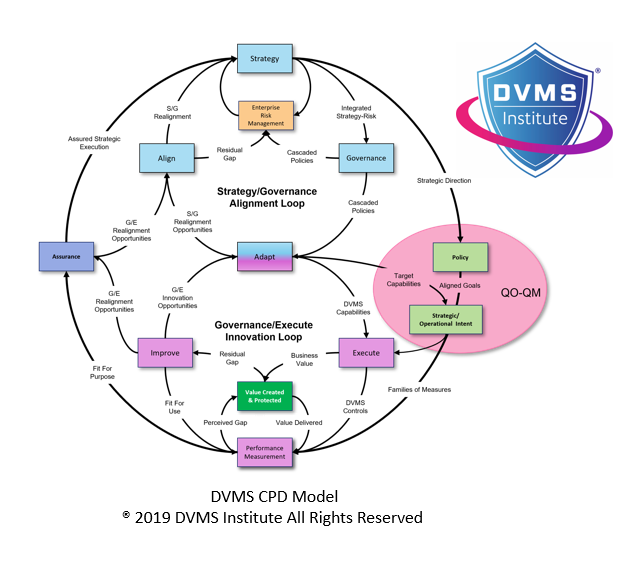NIST Cybersecurity Framework Practitioners and Auditors: Two Sides of the Same Coin
Rick Lemieux – Co-Founder and Chief Product Officer of the DVMS Institute
The National Institute of Standards and Technology (NIST) Cybersecurity Framework (CSF) has emerged as a widely adopted framework for organizations to manage and mitigate cybersecurity risks. At the heart of the CSF are two key roles: practitioners and auditors. While they may seem distinct, these roles are fundamentally intertwined, working together to ensure the effective implementation and ongoing maintenance of a robust cybersecurity program.
NIST CSF practitioners are responsible for implementing and managing cybersecurity controls within an organization. They work closely with various departments to identify and address risks, develop and implement security policies and procedures, and monitor the organizational cybersecurity posture. Practitioners are the on-the-ground experts who ensure that CSF is applied effectively to protect organizational assets.
On the other hand, NIST CSF auditors are tasked with assessing organizational compliance with the framework. They conduct independent evaluations to determine whether the organization has implemented the necessary controls and effectively manages cybersecurity risks. Auditors provide objective feedback on the organizational cybersecurity program and identify areas for improvement.
While practitioners and auditors may have different responsibilities, they share a common goal: to enhance the organizational cybersecurity posture. Practitioners implement the controls and procedures designed to protect the organization, while auditors assess those controls’ effectiveness and identify areas for improvement. Together, they form a collaborative partnership essential for achieving high cybersecurity maturity.
The relationship between practitioners and auditors is symbiotic. Practitioners rely on auditors to provide objective feedback and identify areas for improvement. Auditors, in turn, rely on practitioners to provide accurate information about organizational cybersecurity practices. A strong working relationship between practitioners and auditors is essential for ensuring the success of the CSF implementation.
In addition to their shared goal of enhancing cybersecurity, practitioners and auditors also play complementary roles in continuously improving the CSF. Practitioners provide valuable insights into the challenges and opportunities associated with implementing the framework in real-world environments. On the other hand, auditors can identify areas where the CSF may be lacking or could be improved. By working together, practitioners and auditors can contribute to the ongoing evolution of the NIST Cybersecurity Framework.
NIST CSF practitioners and auditors are two sides of the same coin. While they may have different responsibilities, they aim to enhance the organizational cybersecurity posture. Their collaborative partnership is essential for ensuring a robust cybersecurity program’s effective implementation and ongoing maintenance. By working together, practitioners and auditors can help organizations achieve high cybersecurity maturity and protect valuable assets from cyber threats.
About the Author

Rick Lemieux
Co-Founder and Chief Product Officer of the DVMS Institute
The DVMS Institute teaches organizations of any size, scale, or complexity an affordable approach to mitigating cyber risk to protect digital business performance, resilience, and trust.
Rick has 40+ years of passion and experience creating solutions to give organizations a competitive edge in their service markets. In 2015, Rick was identified as one of the top five IT Entrepreneurs in the State of Rhode Island by the TECH 10 awards for developing innovative training and mentoring solutions for boards, senior executives, and operational stakeholders.
® DVMS Institute 2024 All Rights Reserved




